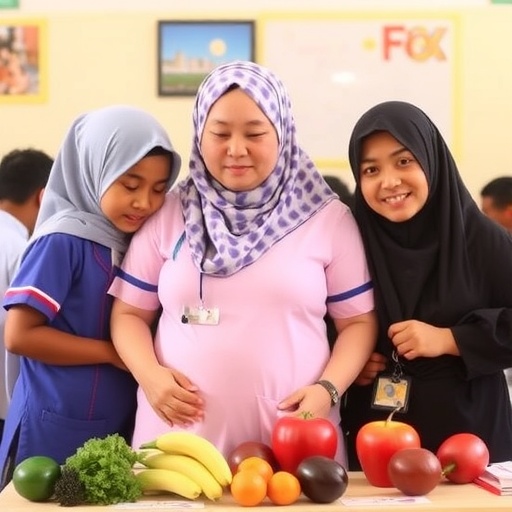Five years after it was created to serve children and adolescents in Quebec, the TRICEPS team at CHU Sainte-Justice has demonstrated the feasibility of setting up a research program in pediatric oncology precision medicine, as described in a recent article published in the JAMA Network Open journal.
On average, 300 children and adolescents die of cancer each year in Canada, a number that is all the more shocking when seen in terms of 15,000 years of life lost annually. Even though advances in modern medicine have made it possible to radically reduce the mortality rate of the various pediatric cancers, progress has stagnated over the past 20 years; some 20% of childhood and adolescent cancers defy existing treatments and prove fatal. In fact, cancer remains the leading disease-related cause of death in children.
The challenge taken up by TRICEPS.
In 2014, CHU Sainte-Justine launched the TRICEPS project to combat these refractory cancers. The project identifies therapeutic alternatives for children and adolescents for whom standard treatment does not work (refractory cancer) or who suffer a relapse. Following an evaluation of its feasibility, the TRICEPS project, in collaboration with other pediatric oncology centres in Quebec, has been opened up to all these children and adolescents in Quebec. One of the keys to this precision medicine program is to bring together teams and leading experts from these institutions who are known for their excellence in pediatric care, to intervene very quickly with these children whose days are often numbered.
“The importance of genomic profiling in the diagnosis and treatment of pediatric cancers is reflected in the World Health Organization’s recent decision to classify these tumours by the genetic alterations within them, rather than by broad tumour type,” says Daniel Sinnett, Scientific Director of the TRICEPS Program, a professor in the Department of Pediatrics, Université de Montréal and holder of the François-Karl Viau Research Chair in Pediatric Oncogenomics at CHU Sainte-Justine.
He adds: “Targeted therapies are likely to be more effective when combined with specific abnormalities in tumour cells. Our results show that precision medicine for pediatric tumours can now be a reality.”
To date, 84 patients have been enrolled in the study, including patients with hematological, solid and brain tumours. In 87% of patients, the study identified genomic anomalies that allowed for better patient management, either through better follow-up of residual disease, reclassification of the disease, or through the application of targeted therapy or to guide treatment and identify options for future personalized targeted therapy. These therapeutic alternatives are referred to as “personalized” because the proposed actions will be different for each patient, since the alterations may be different from one cancer to another and from one person to another for the same type of cancer. The discoveries can lead to a so-called “targeted” therapy because it specifically seeks to block (or bypass) the action of genes that cause cancer progression.
Toward the future
These encouraging results are motivating the TRICEPS team, whose greatest ambition is to see this treatment option offered to all young patients whose cancer is resistant to treatment and even more broadly to all young patients who have been diagnosed. It will then be possible to foresee a better future for children and adolescents with cancer that is difficult to treat.
###
About CHU Sainte-Justine
Sainte-Justine University Hospital Centre is the largest mother-child hospital in Canada. It is a member of Université de Montréal’s extended excellence-in-health network (RUIS). Sainte-Justine has 5,457 employees, including 1,532 nurses and nursing assistants; 1,000 other healthcare professionals; 520 physicians, dentists and pharmacists; 822 residents and over 204 researchers; 411 volunteers; and 4,416 interns and students in a wide range of disciplines. CHU Sainte-Justine has 484 beds, including 67 at the Centre de réadaptation Marie Enfant (CRME), the only exclusively pediatric rehabilitation centre in Quebec. The World Health Organization has recognized CHU Sainte-Justine as a “health promoting hospital.”
Media Contact
Julie Gazaille
[email protected]




